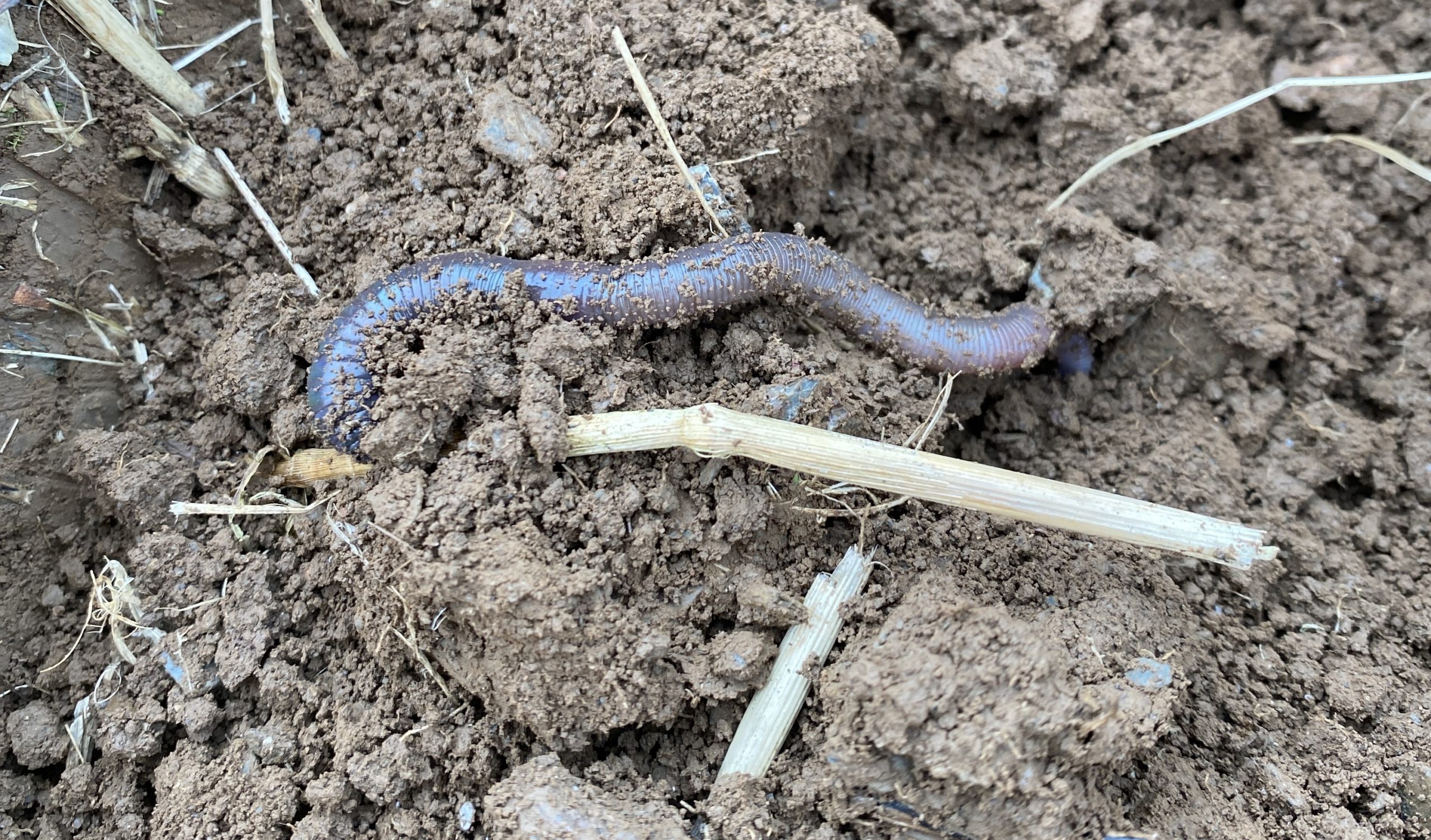
By Stefan Marks, Farm Carbon and Soil Advisor
One gram of soil can contain one billion bacteria and up to 10,000 different species of bacteria with only 1% of organisms estimated to have been identified
The soil functions as part of a vital living system which supports crop and animal health underpinned by massively complex interactions between the biological, chemical, and physical properties of the soil. Life in the soil is often underestimated, spanning millions of species and billions of organisms which account for the highest concentration of biomass from anywhere on the planet. Fertility and crop performance are at risk of being distilled down to the chemical or physical constraints of the soil in isolation. This encourages an oversimplified approach to soil management. Sustainable Land Management, and the move towards regenerative agriculture encourages a more holistic management of the soil, resulting in an enhanced biological diversity and so delivering the key benefits. It is important to recognize the importance of soil biology without overthinking its complexity, after all we cannot manage for individual microbial species.
Soil microorganisms
Soil microorganisms describes both bacteria and fungi, whose abundance make up much of the biological biomass in the soil. Bacteria and fungi produce a range of enzymes which can break down and absorb inorganic and organic matter which is later made readily available as nutrients to plant roots. Fungal communities form larger hyphae ‘networks’ which are beneficial in mobilising nutrients in mutualistic exchanges with rooting structures. These fungal hyphae can extend over great distances and further help with the aggregation if the soil, improving soil stability, water holding capacity and therefore a greater resilience to droughts and waterlogging.
Bacteria exudates form the ‘glues’ which facilitate the formation of microaggregates from soil particles and as well as increasing the cycling of nutrients with particular focus on the nitrogen cycle. Both fungi and bacteria are responsible for the breakdown of organic matters within the soil profile and so populations benefit greatly from manure applications.
Due to their short life cycles, the population of these organisms may shift rapidly as a result of changes to their environment including the soil temperature, moisture and chemical composition. A healthier soil will generally have higher microbial biomass and will benefit from a larger fungal to bacterial ratio. Applications of agrochemicals and fertilisers can impact populations with overapplications of nitrogen promoting a more bacterially dominated soil. Likewise, tillage can break up the fungal hyphae which are more sensitive to physical disturbance.
Soil macrofauna
The macrofauna are larger organisms which inhabit the soil with perhaps the most notable being the earthworm. Not only do earthworms operate as ecosystem engineers to enhance the soil and provide a better environment for other plants and animals to reside but they are an excellent indicator of soil health. Whilst it can be difficult to measure soil biodiversity the presence of earthworms indicate, on a larger scale, a healthy operating food web with a distribution of organisms across all trophic levels. As such earthworm numbers have become a good metric for biological soil health which are a result of and have an impact upon the chemical and physical properties of the soil. Earthworms fulfill different functions based on their niche, with the three main groups being:
- Epigeic – Inhabit litter layer and cycle carbon
- Endogeic – Topsoil dwelling and enhance soil aggregation and nutrient mobilisation
- Anecic – Deep burrowing improving porosity, water infiltration and root development
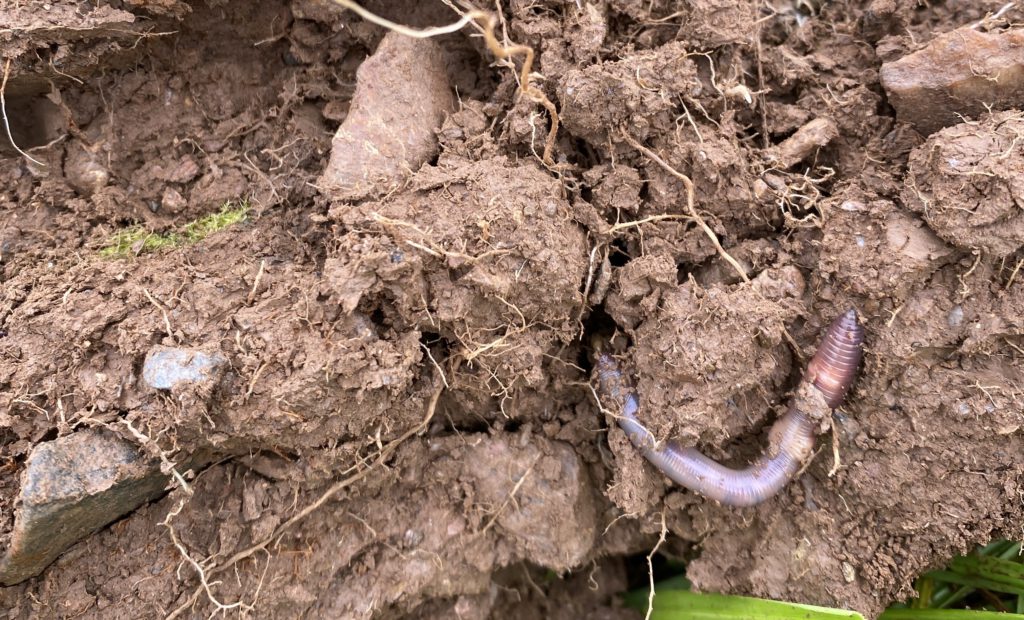
Considerations for biological soils
- Feed the soil: amendments of organic matter will benefit soil organisms as it provides a feed source for them to thrive on. Conversely the greater the soil fauna populations the quicker and more available the nutrients. Over applications of inorganic fertility sources can have a negative impact causing the soil to become too bacterially dominated.
- Crop diversity: the greater the crop diversity the greater the diversity in below ground populations as there are a greater range of plants to feed and interact with in the growing environment. This necessitates the implementation of more diverse crop rotations into arable systems and will benefit from greater diversity in grassland with the inclusion of legumes and herbs.
- Reduced tillage: tillage can have an adverse effect on established populations of soil organisms from the fungal hyphae all the way up to the earthworms. A move towards less intensive tillage through the adoption of no-till or min-till establishment at suitable parts of the rotation will help to maintain soil biological populations.
Overall, the biological component of the soil should not be overlooked as it is an essential part of a vital, living soil. Allowing soil to function properly will bring a host of benefits which can result in real world cost savings. Chief among these benefits may be the increased resilience in a changing climate.

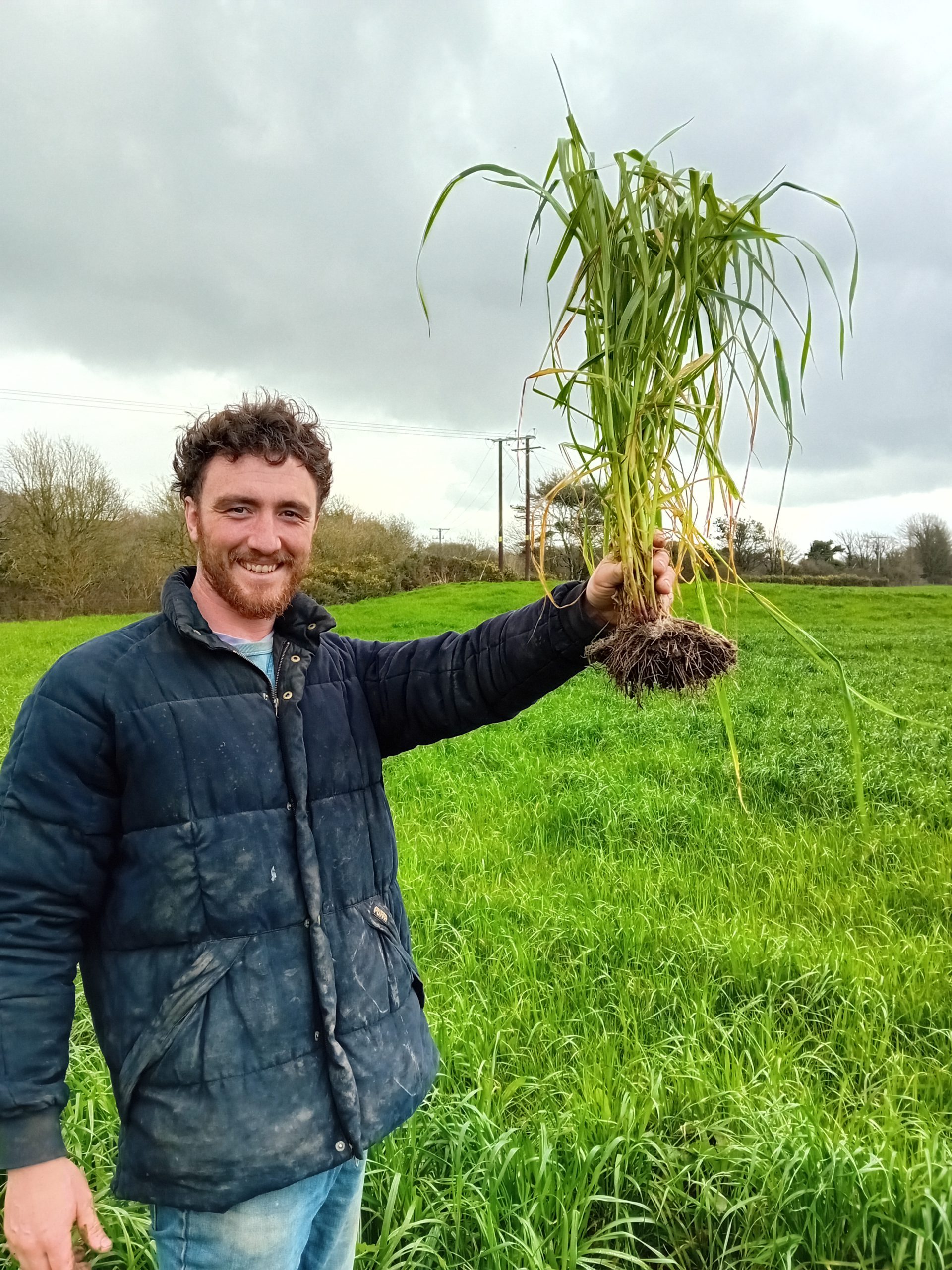

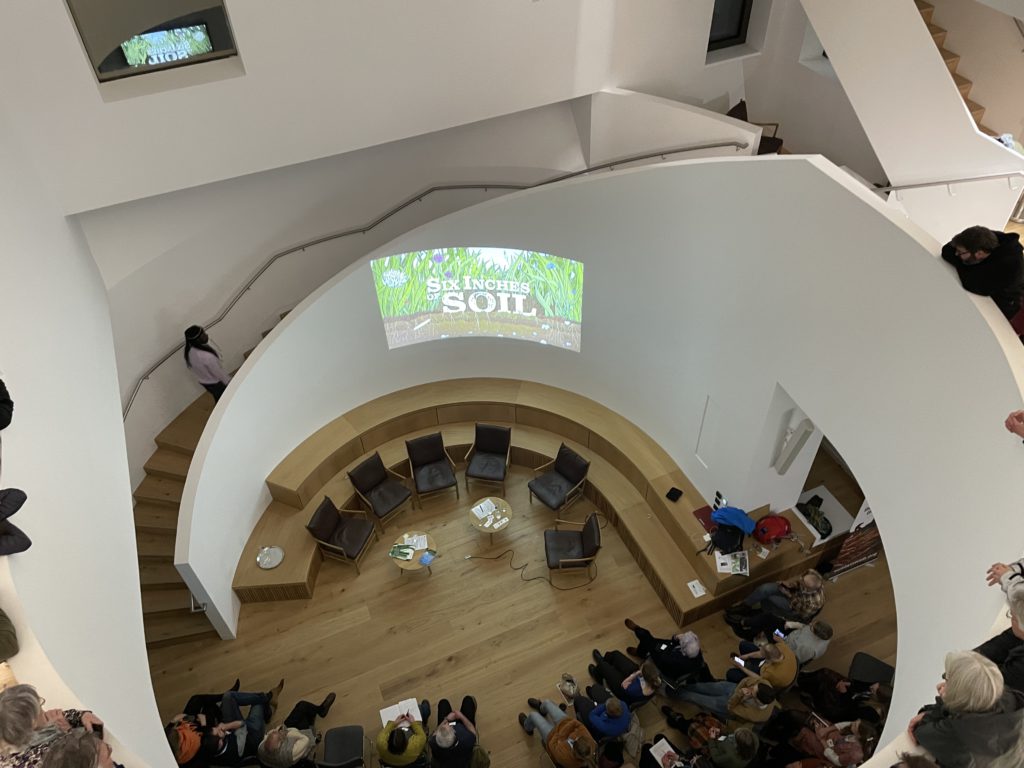
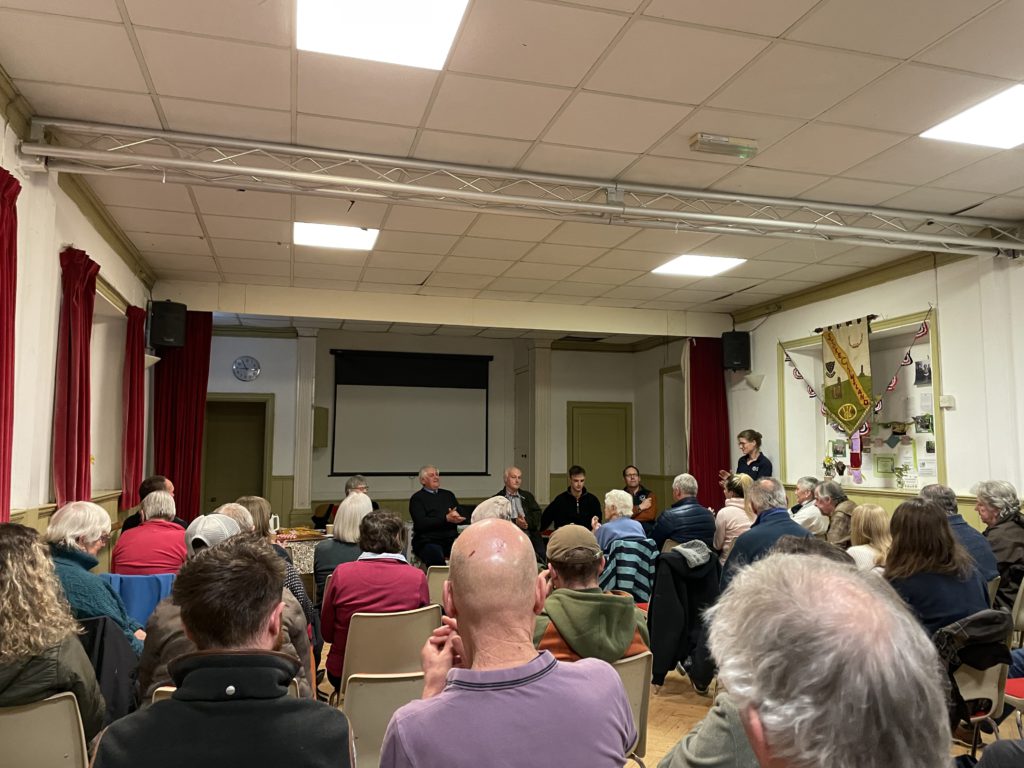
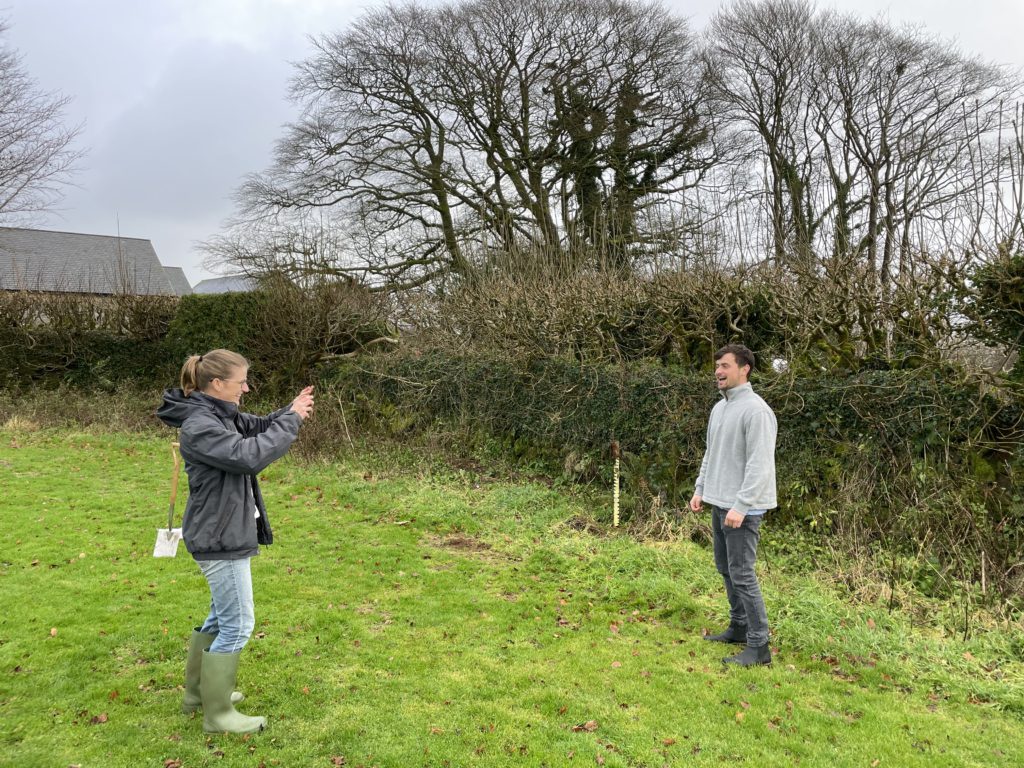
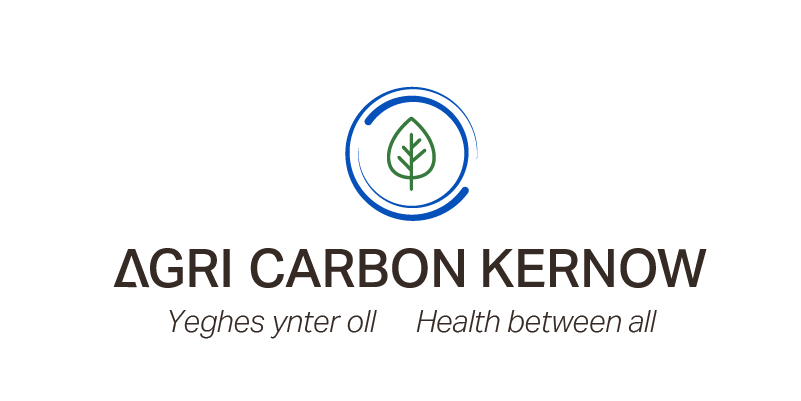
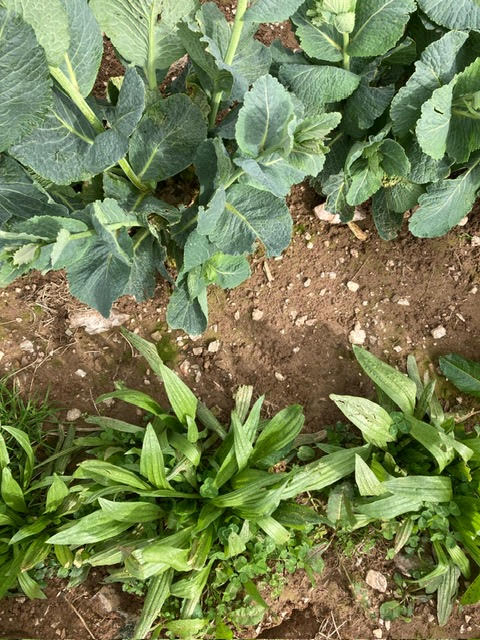
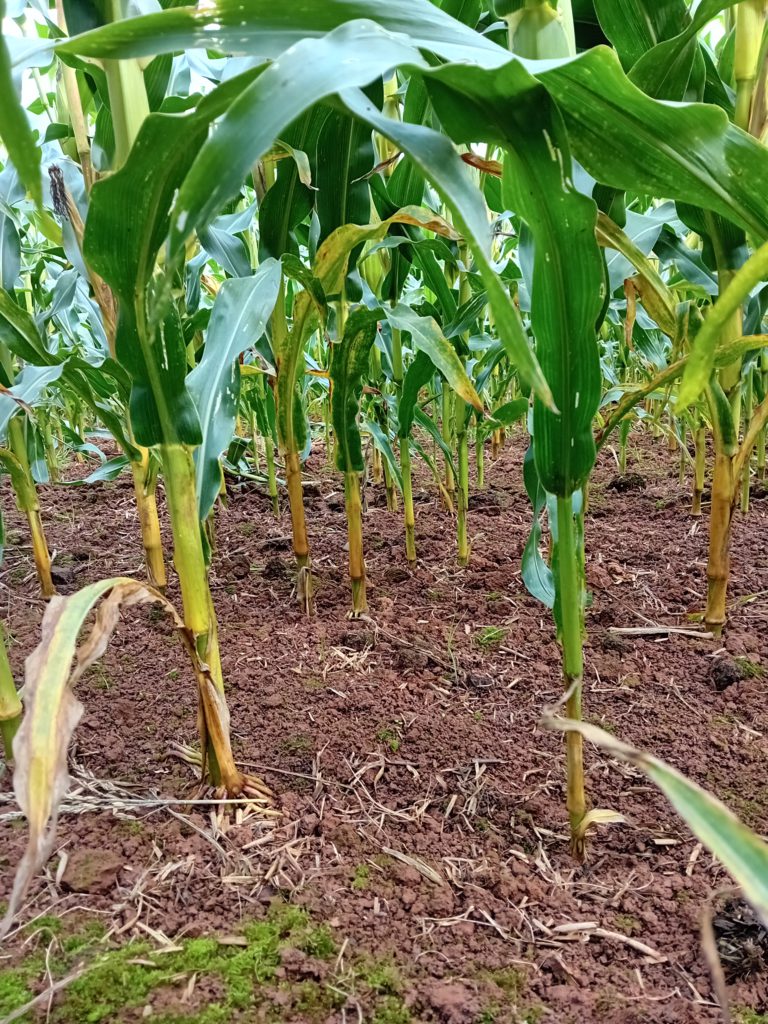


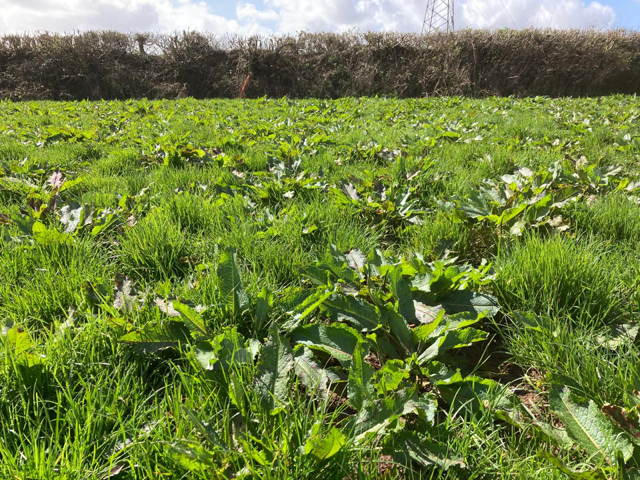


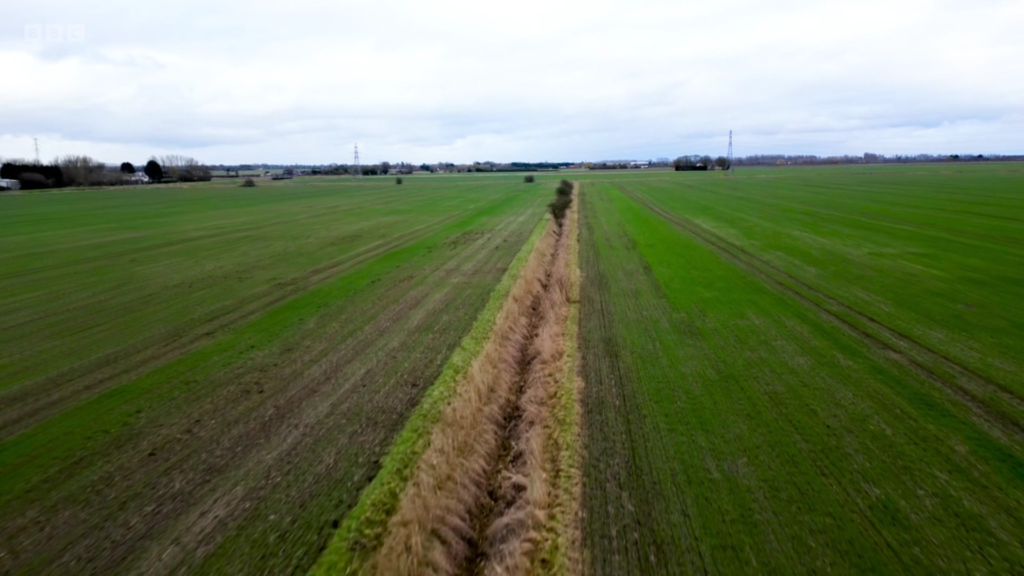




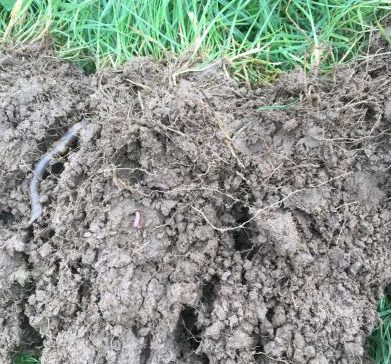


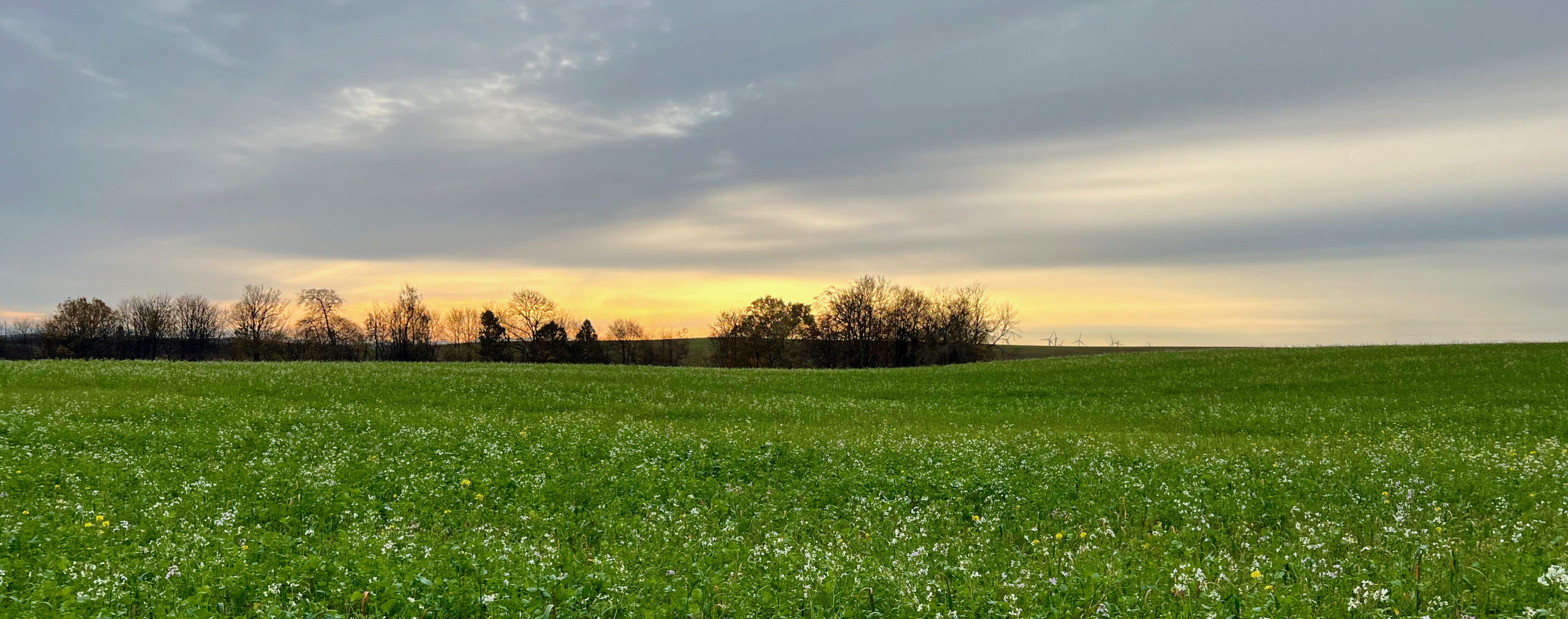

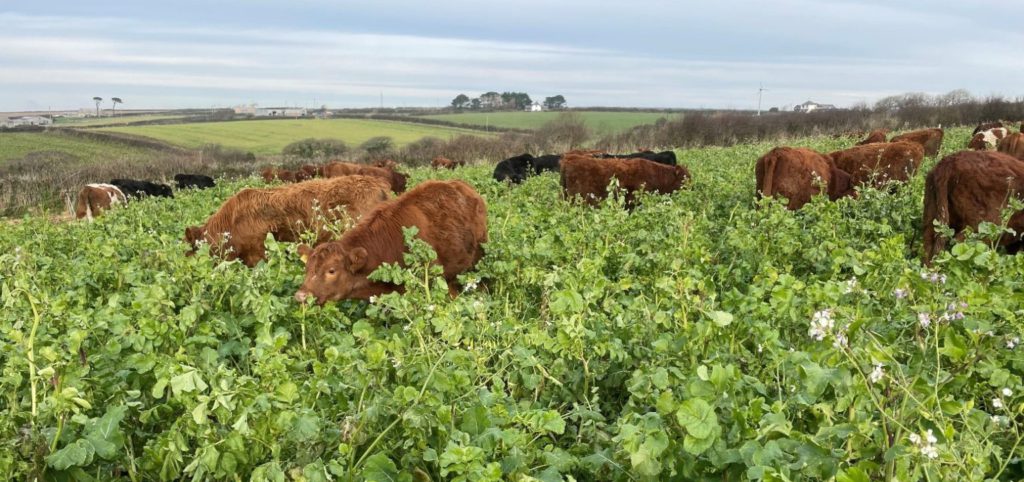

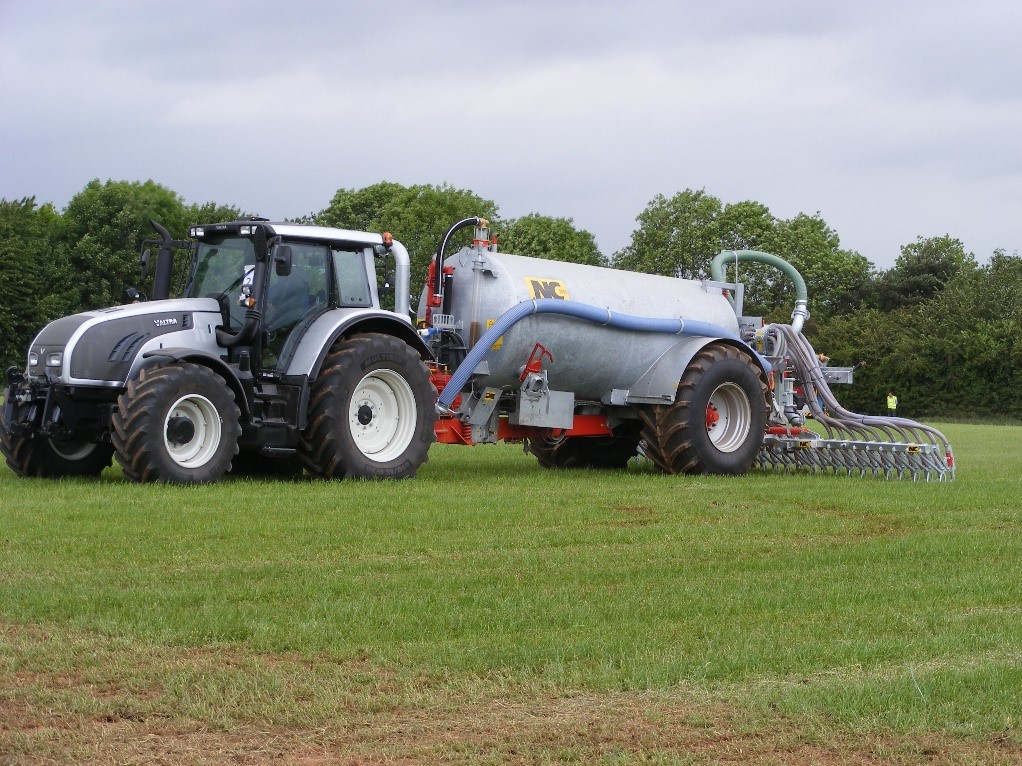
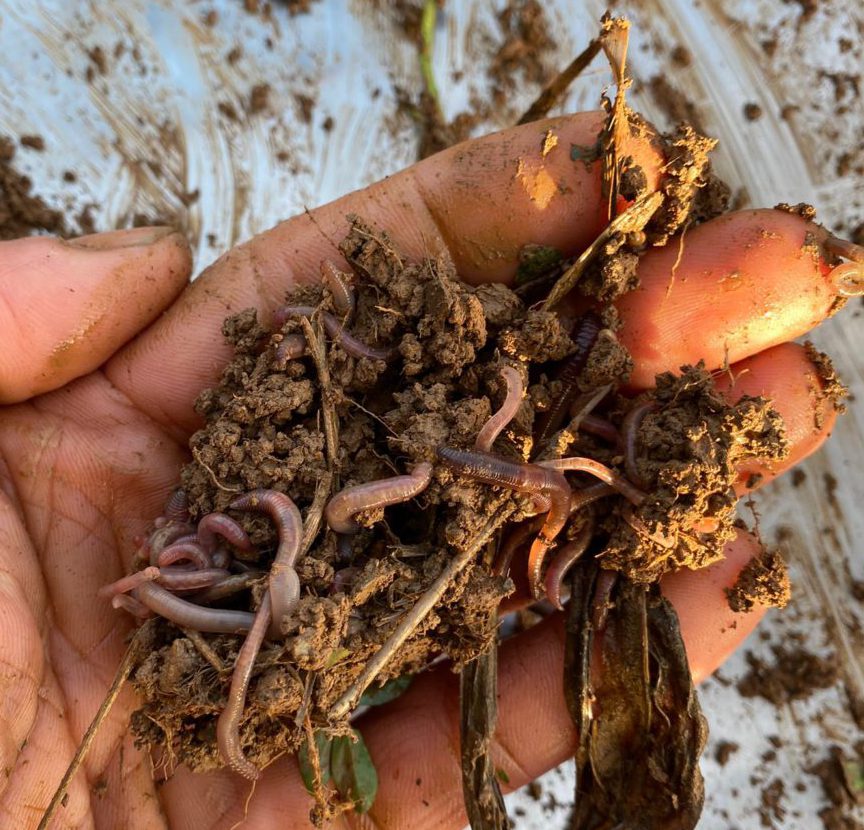

Recent Comments